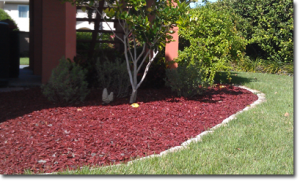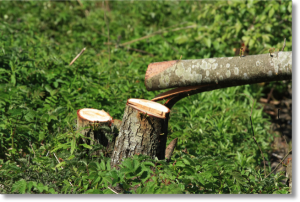How To Cut: Part Two
By deciding where to cut first, you will know how thick the wood at your cut site is. This, and the presence of considerations like narrow crotch angles with nearby wood and other access considerations, will tell you what tool you should use to make your cut.
For the cuts you can reach from ground level, you will choose between 3 main tools. For cuts over 7 feet high you’ll need tools with poles. Always bring all the tools you might need out into the field with you. You should carry pruners and saws comfortably in holsters and tuck loppers into a belt. Otherwise, it is easy to get lackadaisical and try to use the wrong tool instead of the right one you left behind in the shed.
Larger limbs will require larger tools, but always use the smallest tool that works most comfortably. We are more than happy to tackle these larger limbs and trees. We are experts at tackling these projects with precision and skill.
Now, if you do not feel comfortable or simply don’t have the proper tools to do any tree maintenance, we are more than happy to do any of this work for you. Also, if you have multiple trees to remove or just don’t have the time to do it, we are here for you. We can handle all of your tree cutting and removal in the Tri-Cities (Kennewick, Richland, Pasco) and even West Richland. We look forward to being your preferred tree maintenance provider.
How To Cut: Part Two Read More »



